Content Showcase: Video Library
|
Media4Math's Video Library is a collection of videos on key topics in pre-algebra and algebra. Each video includes several worked-out examples that clearly explain the key concept. All videos include real-world applications of math.This is a growing collection of resources, so keep coming back!(Want to learn more about our subscription packages? Click here.)
|
Video Library
| Title | Thumbnail Image | Description |
|---|---|---|
VIDEO: Geometry Applications: Area and Volume, 3 |
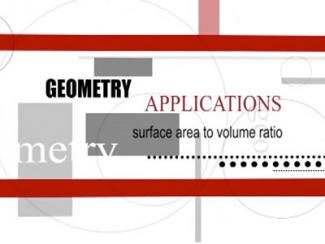
|
VIDEO: Geometry Applications: Area and Volume, Segment 3: Ratio of Surface Area to Volume.The Citibank Tower in New York City presents some unique design challenges. In addition it has to cope with a problem that all tall structure have to deal with: heat loss. |
VIDEO: Geometry Applications: Circles |
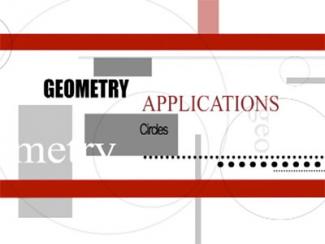
|
VIDEO: Geometry Applications: CirclesIn this program we explore the properties of circles. We do this in the context of two real-world applications. In the first, we look at the design of the Roman Coliseum and explore how circular shapes could have been used to design this elliptical structure. |
VIDEO: Geometry Applications: Circles, 1 |
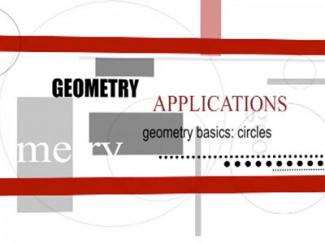
|
VIDEO: Geometry Applications: Circles, Segment 1: The Basics of Circles.We visit Chaco Canyon in New Mexico to explore the circular kivas and in the process discover how circular buildings have been used to study the heavens. |
VIDEO: Geometry Applications: Circles, 2 |
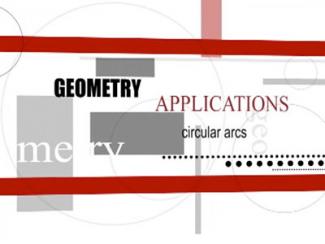
|
VIDEO: Geometry Applications: Circles, Segment 2: Circles and Arcs.The Roman Coliseum is a large elliptical structure. Yet, the Romans likely used circular arcs to build it. This segment explores the properties of circles and shows how arcs can be used to create elliptical shapes. |
VIDEO: Geometry Applications: Circles, 3 |
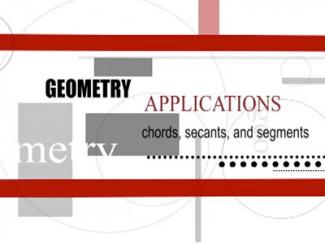
|
VIDEO: Geometry Applications: Circles, Segment 3: Chords and Inscribed AnglesThe Roman Pantheon is a domed structure that shows a keen awareness of the position of the sun throughout the year. The source of light from the top of the dome allows for the exploration of chords, inscribed angles, central angles, and intercepted arcs. |
VIDEO: Geometry Applications: Coordinate Geometry |

|
VIDEO: Geometry Applications: Coordinate GeometryIn this program we look at applications of coordinate geometry. We do this in the context of three real-world applications. In the first, we look at longitude and latitude as a spherical coordinate system for navigation. |
VIDEO: Geometry Applications: Coordinate Geometry, 1 |
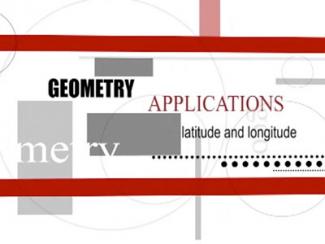
|
VIDEO: Geometry Applications: Coordinate Geometry, Segment 1: Longitude and Latitude.Greenwich, England, is the location of the Prime Meridian and offers a point of departure for a discussion of the longitude and latitude coordinate system. |
VIDEO: Geometry Applications: Coordinate Geometry, 2 |
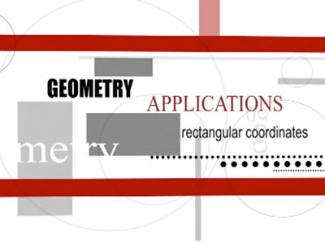
|
VIDEO: Geometry Applications: Coordinate Geometry, Segment 2: Rectangular Coordinates.Centuries ago a Spanish galleon, The Atocha, sank off the coast of Florida, taking its gold treasure down with it. Aside from the technology used to recover the treasure, it was a rectangular coordinate system that made such an endeavor possible. |
VIDEO: Geometry Applications: Coordinate Geometry, 3 |
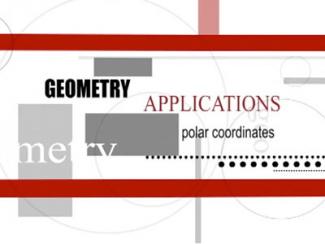
|
VIDEO: Geometry Applications: Coordinate Geometry, Segment 3: Polar Coordinates.The Guggenheim Museum in New York City has a spiral shape that is an example of a polar coordinate graph. This shape, found often in nature, is a way to understand the Fibonacci Sequence. |
VIDEO: Geometry Applications: Points and Lines |

|
VIDEO: Geometry Applications: Points and LinesIn this program we explore the properties of points and lines. We do this in the context of two real-world applications. In the first, we go to CERN and learn about the Large Hadron Collidor. We look at how points can represent particle positions in space and look at properties of points and lines. |
VIDEO: Geometry Applications: Points and Lines, 1 |
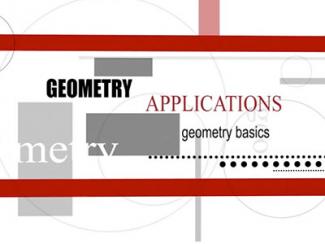
|
VIDEO: Geometry Applications: Points and Lines, Segment 1: IntroductionOur understanding of geometry owes much to the ancient Greeks. We visit the ancient Acropolis and explore some of its geometric secrets. |
VIDEO: Geometry Applications: Points and Lines, 2 |

|
VIDEO: Geometry Applications: Points and Lines, Segment 2: PointsGeometric objects are abstractions that seem to have a connection to real world objects. |
VIDEO: Geometry Applications: Points and Lines, 3 |
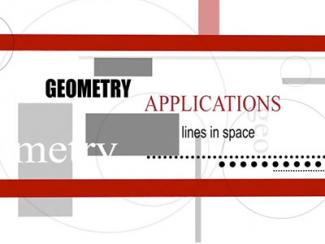
|
VIDEO: Geometry Applications: Points and Lines, Segment 3: LinesMany cities are laid out in a rectangular grid and are examples of intersecting lines and rays. We visit the city of Houston to investigate the geometric nature of the city grid in its downtown area. |
VIDEO: Geometry Applications: Polygons |
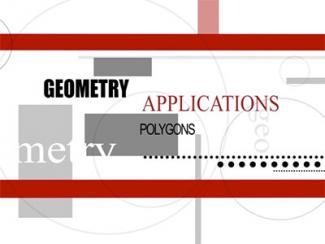
|
VIDEO: Geometry Applications: PolygonsIn this program we explore the properties of polygons. We do this in the context of two real-world applications. In the first, we look at Islamic tile patterns as examples of regular polygons. We explore how such intricate patterns were created using a compass and straight edge. |
VIDEO: Geometry Applications: Polygons, 1 |
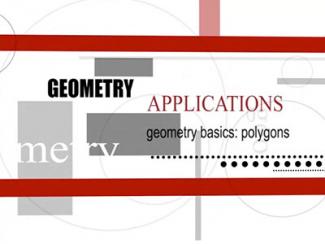
|
VIDEO: Geometry Applications: Polygons, Segment 1: IntroductionThe Pentagon is one of the most famous polygon-shaped buildings in the world. But why was this shape chosen over a more straightforward quadrilateral shape? We briefly explore the properties of pentagons and use this as a way of introducing the key concepts throughout the program. |
VIDEO: Geometry Applications: Polygons, 2 |
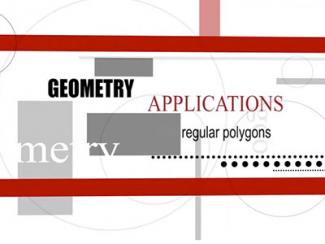
|
VIDEO: Geometry Applications: Polygons, Segment 2: Properties of PolygonsIn the ancient city of Marrakesh polygons are on display. |
VIDEO: Geometry Applications: Polygons, 3 |
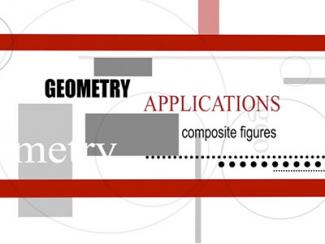
|
VIDEO: Geometry Applications: Polygons, Segment 3: Composite FiguresThe Petronas Towers in Indonesia provide an opportunity to explore the composite shapes used in the design of the towers. |
VIDEO: Geometry Applications: Quadrilaterals |
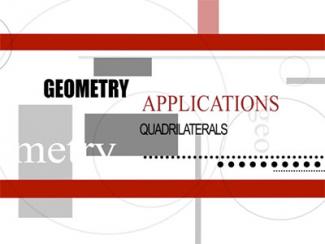
|
VIDEO: Geometry Applications: QuadrilateralsIn this program we explore the properties of quadrilaterals. We do this in the context of two real-world applications. In the first, we explore the architecture of Frank Lloyd Wright as an application of squares and rectangles; in particular, we look at his Fallingwater house. |
VIDEO: Geometry Applications: Quadrilaterals, 1 |
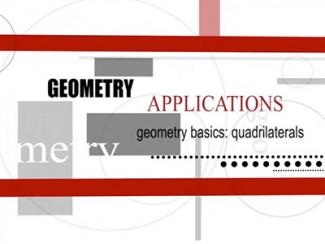
|
VIDEO: Geometry Applications: Quadrilaterals, Segment 1: IntroductionStonehenge is best known as a circular structure. But it’s the post and lintel construction used that is noteworthy, and this type of construction involves quadrilateral shapes. |
VIDEO: Geometry Applications: Quadrilaterals, 2 |
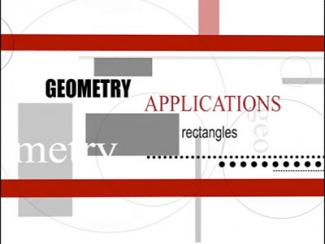
|
VIDEO: Geometry Applications: Quadrilaterals, Segment 2: Squares and RectanglesFrank Lloyd Wright’s architectural masterpiece Falling Water is also a stunning assembly of quadrilateral shapes. |
VIDEO: Geometry Applications: Quadrilaterals, 3 |
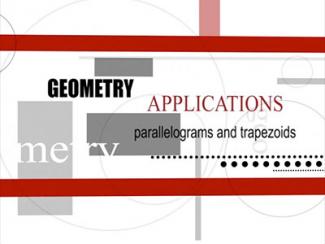
|
VIDEO: Geometry Applications: Quadrilaterals, Segment 3: Parallelograms and TrapezoidsThe Puerta de Europa towers in Madrid bring parallelograms front and center. These tilted towers, looking like modern-day towers of Pisa seem to defy gravity, but rely on the stability brought about by its quadrilateral structure. |
VIDEO: Geometry Applications: Transformations |
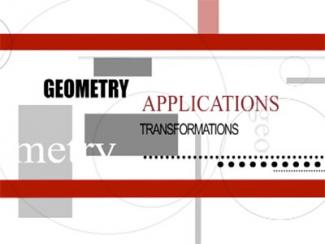
|
VIDEO: Geometry Applications: TransformationsIn this program we look at applications of transformations. We do this in the context of three real-world applications. In the first, we look at translations and rotations in the context of roller coaster rides. |
VIDEO: Geometry Applications: Transformations, 1 |

|
VIDEO: Geometry Applications: Transformations, Segment 1: Translations and Rotations.Roller coasters provide an ideal opportunity to explore translations and rotations. Displacement vectors are also introduced. |
VIDEO: Geometry Applications: Transformations, 2 |
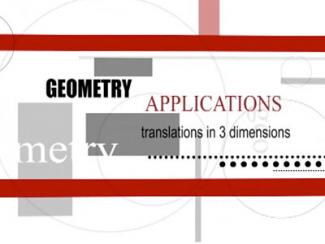
|
VIDEO: Geometry Applications: Transformations, Segment 2: 3D Translations.Cargo ships transport tons of merchandise from one country to another and accounts for most of the global economy. Loading and unloading these ships requires a great deal of organization and provides an ideal example of three-dimensional translations. |
VIDEO: Geometry Applications: Transformations, 3 |
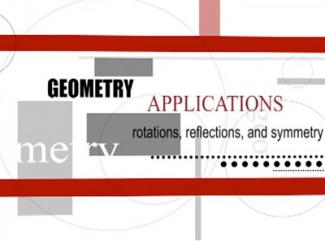
|
VIDEO: Geometry Applications: Transformations, Segment 3: Rotations, Reflections, and Symmetry.The Gemini telescope in Hawaii is an example of architecture that moves. All observatories rotate in order to follow objects in the sky. This also provides an opportunity to explore rotations, reflections, and symmetry. |